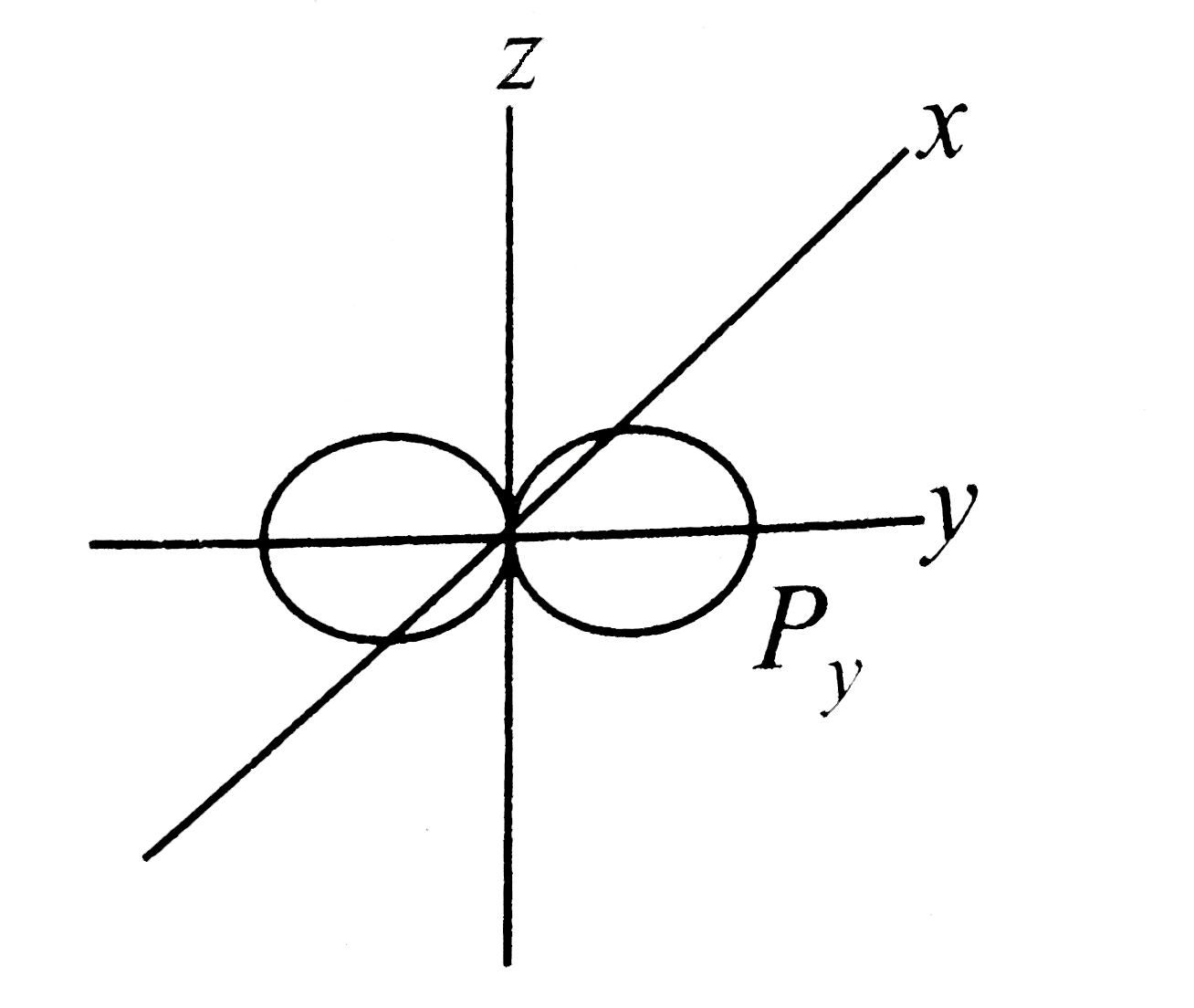Which of the following orbital is with the four lobes present on the axis ?
dz2
dxy
dyz
dx2−y2
The correct Answer is:D
To determine which orbital has four lobes present on the axis, we need to analyze the characteristics of the different d orbitals. The options we will consider are: dz2, dxy, dyz, and dx2−y2.
1. Understanding Orbital Shapes:
- The d orbitals have specific shapes and orientations in three-dimensional space. Each type of d orbital has a unique arrangement of lobes.
2. Analyzing dz2:
- The dz2 orbital has a distinct shape that consists of a lobe along the z-axis and a donut-shaped region around the xy-plane. This does not have four lobes aligned on the axes.
3. Analyzing dxy:
- The dxy orbital has lobes that lie between the x and y axes. It does not have lobes directly on the axes, so this option is also not correct.
4. Analyzing dyz:
- The dyz orbital has lobes that lie between the y and z axes. Similar to dxy, it does not have lobes on the axes, making this option incorrect as well.
5. Analyzing dx2−y2:
- The dx2−y2 orbital has four lobes that are oriented along the x and y axes. This means that two lobes are aligned along the x-axis and two lobes are aligned along the y-axis, fulfilling the requirement of having four lobes present on the axes.
6. Conclusion:
- Based on the analysis, the orbital with four lobes present on the axis is dx2−y2. Therefore, the correct answer is Option 4: dx2−y2.
- The d orbitals have specific shapes and orientations in three-dimensional space. Each type of d orbital has a unique arrangement of lobes.
- The dz2 orbital has a distinct shape that consists of a lobe along the z-axis and a donut-shaped region around the xy-plane. This does not have four lobes aligned on the axes.
- The dxy orbital has lobes that lie between the x and y axes. It does not have lobes directly on the axes, so this option is also not correct.
- The dyz orbital has lobes that lie between the y and z axes. Similar to dxy, it does not have lobes on the axes, making this option incorrect as well.
- The dx2−y2 orbital has four lobes that are oriented along the x and y axes. This means that two lobes are aligned along the x-axis and two lobes are aligned along the y-axis, fulfilling the requirement of having four lobes present on the axes.
- Based on the analysis, the orbital with four lobes present on the axis is dx2−y2. Therefore, the correct answer is Option 4: dx2−y2.
Topper's Solved these Questions
- BOOK - AAKASH INSTITUTECHAPTER - STRUCTURE OF ATOMEXERCISE - ASSIGNMENT (SECTION -B) Objective type questions34videos
STRUCTURE OF ATOM
- BOOK - AAKASH INSTITUTECHAPTER - STRUCTURE OF ATOMEXERCISE - ASSIGNMENT (SECTION -C) Previous Years Questions47videos
STRUCTURE OF ATOM
- BOOK - AAKASH INSTITUTECHAPTER - STRUCTURE OF ATOMEXERCISE - EXERCISE40videos
STRUCTURE OF ATOM
- BOOK - AAKASH INSTITUTECHAPTER - STATES OF MATTEREXERCISE - ASSIGNMENT (SECTION-D)15videos
STATES OF MATTER
- BOOK - AAKASH INSTITUTECHAPTER - STRUCTURE OF ATOM EXERCISE - ASSIGNMENT ( SECTION -J) Aakash Challengers Questions12videos
STRUCTURE OF ATOM
Similar Questions
Knowledge Check
- Question 1 - Select One
Consider a hypothetical atom where, px,py,pz and dxy,dxz,dyz,dx2−y2orbitals are present for principal quantum number n = 3.
Which of the following orbital's lobe is not present at all either in the nodal plane of px orbital or in the nodal plane of py orbital?AdxyBdx2−y2CdyzDpz - Question 2 - Select One
Consider a hypothetical atom where, px,py,pz and dxy,dxz,dyz,dx2−y2orbitals are present for principal quantum number n = 3.
Which of the following orbital's lobe is not present at all either in the nodal plane of px orbital or in the nodal plane of py orbital?AdxyBdx2−y2CdyzDpz - Question 3 - Select One
Consider a hypothetical atom where, px,py,pz and dxy,dxz,dyz,dx2−y2orbitals are present for principal quantum number n = 3.
Which of the following orbital's lobe is not present at all either in the nodal plane of px orbital or in the nodal plane of py orbital?AdxyBdx2−y2CdyzDpz
Which of the following orbitals is not symmetrical about the Z-axis?
View SolutionWhich one of the following atomic orbitals is not directed along the axis?
View SolutionIn which of the following reptiles, a four- chambered heart is present ?
View SolutionWhich of the following combination of orbitals do / does not form bond (if x-axis is internuclear axis) ?
View SolutionWhich of the following orbitals can form π bond , if internuclear axis is y-axis ?
View Solution


